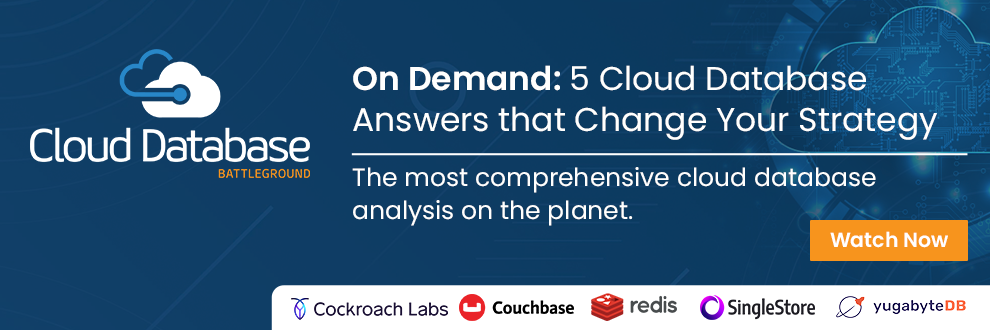
IoT devices are becoming more and more common in the world around us. From smart home systems with doorbell cameras, smoke detectors, and digital thermostats to cars, bike computers, and rental scooters, connected devices are generating data and sending it, well, somewhere.
The same is true for industries like manufacturing. Sensors or production lines, locators on vehicles, or even individual packages and handheld scanners in the warehouse are collecting data that must be stored, processed, and then analyzed. But where does all that data go? And how do you pull all the relevant data together so you can use it to help make business decisions?
What Is IoT?
IoT stands for Internet of Things, a phrase coined by Kevin Ashton in 1999. It refers to devices with sensors and processing that are connected to other devices over the Internet or other networks. Ericsson forecasts 29 billion IoT devices by the end of 2022. A further classification of IoT devices, IIoT (Industrial Internet of Things) refers to devices used in the industrial sector, often with machine-to-machine communication, big data, and machine learning.
In manufacturing, these devices are often collecting data in real-time directly from the production equipment. They could be analyzing quality, collecting information about production parameters, measuring heat and humidity, using cameras to watch for problems or maintenance issues, or tracking products as they move through the manufacturing process. They could be connected using Wi-Fi, Bluetooth, Ethernet, RFD, NFC, or other transmission types. In most cases, these devices are not meant to process the data, but simply to collect it and pass it on to another location.
Where Does the IoT Data Go?
The Cloud
Some IoT devices send data directly to a cloud server. Take Alexa, the home control device — it communicates directly with Amazon servers. It listens for your voice, then sends the voice data up to a server to be processed and receives data from the server in response. Very little data is stored in the Alexa device itself. This can be very efficient because the device itself can be smaller and cheaper if it doesn’t need extensive storage and compute power.
However, if you get enough of these devices, such as sensors in a manufacturing environment, all collecting large amounts of data and sending it directly to the Internet, you may run into several problems. First, the outgoing bandwidth limitations of the manufacturing facility might not allow that much data to pass through. Additionally, if the Internet connection is disrupted, then all that data would have nowhere to go, and might even be lost.
Local Servers
Some manufacturing facilities have servers on-site or in their local data center. The data can be collected and stored there without using up valuable Internet bandwidth. It will be available even if the Internet connection is disrupted.
The challenge with this approach is that the data now resides at each location where it is collected. If there are multiple facilities, then bringing that data together to analyze it and make general use of it is more difficult.
Hybrid Model
Another approach is to take advantage of both local storage and processing as well as cloud-based servers. Initially, the data is sent to a local device, often called an edge device, where it can be stored and some amount of preprocessing can be done. The data can be filtered down to just the dataset that you want to process in the cloud and compressed, limiting the amount of Internet bandwidth required. These edge devices can also temporarily hold onto the data if the Internet connection is disrupted.
How Do We Make Sense of All That Data?
At some point, the data should make its way to a cloud database. It just doesn’t make sense to build out enough storage and processing in the data center. Once it is in the cloud, it can be processed by cloud-based systems and accessed from anywhere across the Internet. The data can be analyzed by automated systems that then present the data through reports and dashboards, or generate alerts and actions based on rules. Depending on the specific needs, the data can either be analyzed in real-time or it can be done by batch processes on historical data.
Another important tool in analyzing big data is machine learning. This AI process can be trained over time to recognize patterns and help sort out the data so that it can be digested and used to make business decisions.










